Concrete is a great material for producing decorative effects both indoors and out. Its design versatility allows for numerous forms, colors and textures. Because of this adaptability, concrete artisans are always trying new things. Here are some unique ways we’ve noticed concrete being used lately.
Swipe to view slides
-
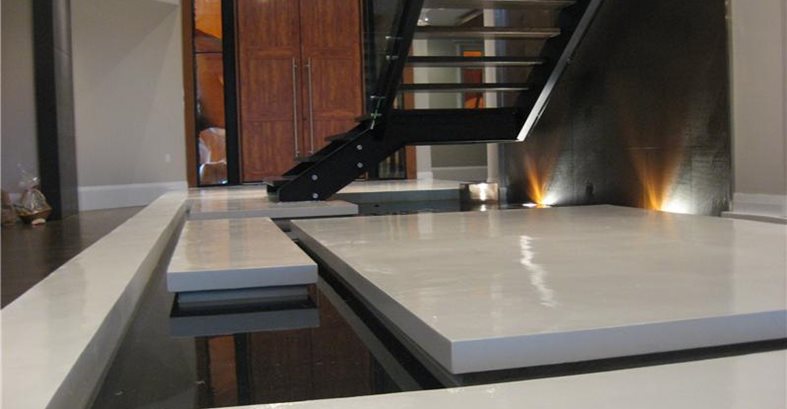
FLOATING CONCRETE
Most people think of concrete as being heavy and massive; however, many contractors are dreaming up ways to make concrete appear as if it is weightless. The owners of this ultra-modern house wanted the slabs surrounding the stairway in their entryway to seem as if they were floating in a pool of water. This required the use of a material that’s decorative, highly durable and waterproof. Concrete fit the bill. To create the impression of a floating floor, everything below the pool’s waterline was "blacked out" so that nothing could be seen but the white concrete.Other examples of concrete cantilevered to appear as though it’s floating: 'Floating' Concrete Creates a Spectacular Entryway The Ultimate Five-Day Cantilevered DeskFloating Concrete Stairs
-
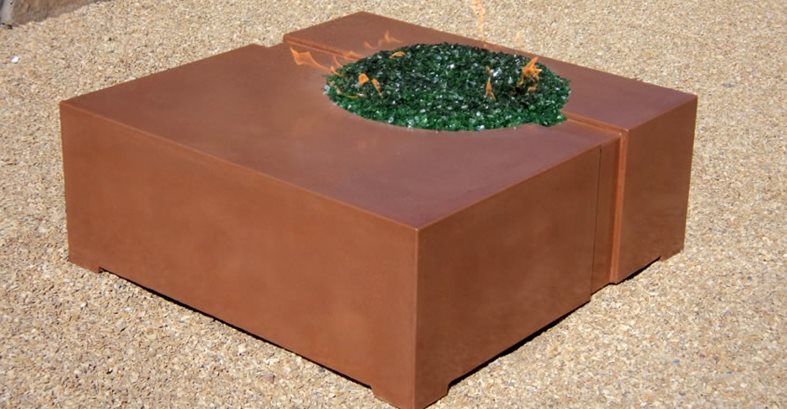
CONCRETE & FIRE
With outdoor living becoming more popular each year, we’ve seen many concrete artisans start creating fire features using molds. This custom-made concrete fire pit is fueled with natural gas and filled with colorful crushed glass. It was created by assembling a custom mold which is best described as a melamine box with foam placed in certain positions to get the correct indentions and shapes for the specific design. Prefabricated molds are also available through many manufacturers if you are looking to speed up the process. Some contractors are adding extra details to their fire features including decorative aggregate, board-formed textures and more. More molded fire features: Precast Concrete Fire Bowls Add Dramatic ‘Flare’Fire Bowl Molds Add Zen-Appeal
-
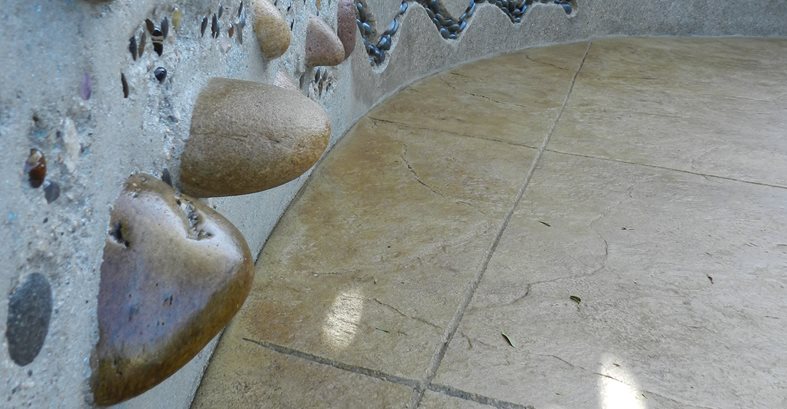
CONCRETE WITH EMBEDDED ROCKS
For years, the concrete industry has thought of natural stone as a competitor. But recently, we’ve been seeing many installers use stone alongside concrete to create unique effects. This example shows a poured retaining wall with boulders and river rock embedded directly into its face. Every stone used was found on the property, with the exception of the glass aggregates in the wall cap. Other ideas for incorporating stone into your concrete work include using flagstone as decorative bands and borders, embedding gemstones into countertops, and more. See more ways to combine concrete and stone: Design Ideas for Combining Concrete & Stone
-
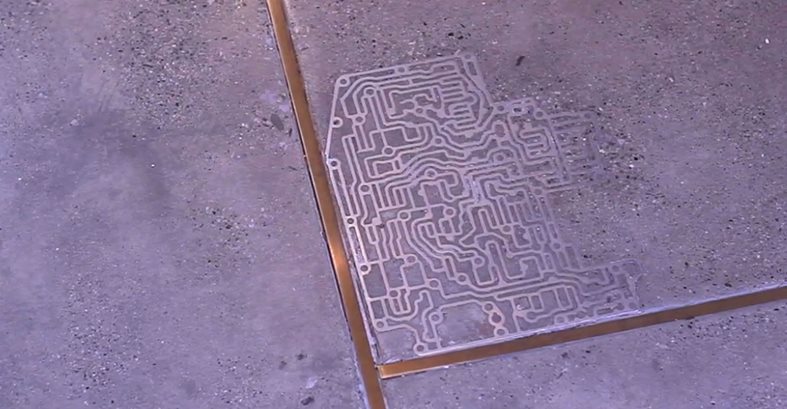
METAL DIVIDERS
Recently, we’ve noticed a number of flooring projects that incorporate brass, copper or aluminum dividers to dress up the floor’s control joints. This added detail enhances the overall look of the floor, making it appear very high-quality. Metal dividers can serve functional and aesthetic purposes by preventing cracks and adding to the flooring design. These dividers can also be used to separate two or more different colors of concrete that make up a design, pattern or logo. Originally used with terrazzo, metal dividers are now being used with polished concrete, overlays and more. See other projects that use metal divider strips: Flooring ‘Mess’ Is Fixed By Polishing Wanted: Decorative Concrete Rooms with Mountain Views Divine Intervention in Concrete Overlay Design
-
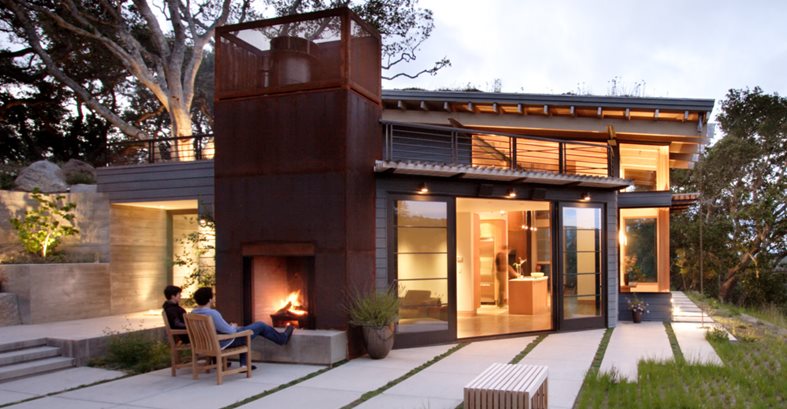
-
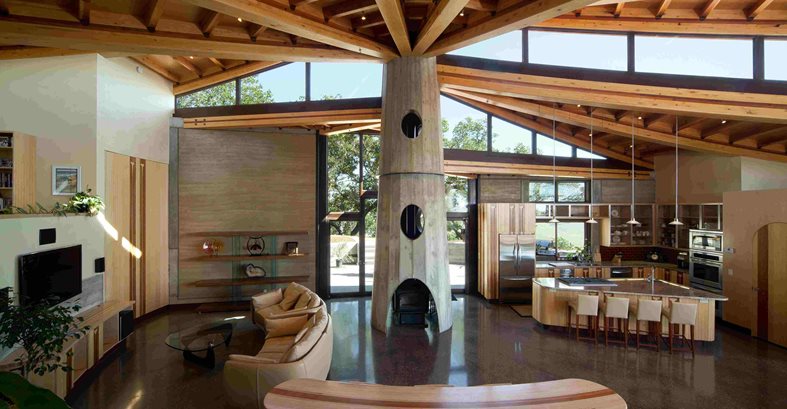
WARMED UP WITH WOOD
If you know someone who thinks of concrete as looking and feeling cold, they’ll be amazed when you show them these projects that pair concrete with wood. Lately, many of the projects submitted have featured gray concrete that is warmed up with wood elements elsewhere in the home. This example shows a custom home with polished floors and curved wood rafters. It is also common to see concrete used alongside reclaimed wood to provide unique contrasting textures. Check out more examples of concrete and wood combinations: Flooring ‘Mess’ Is Fixed By Polishing Green Home Uses Concrete Throughout Projects Showcase the Beauty of Collaborative Design
-
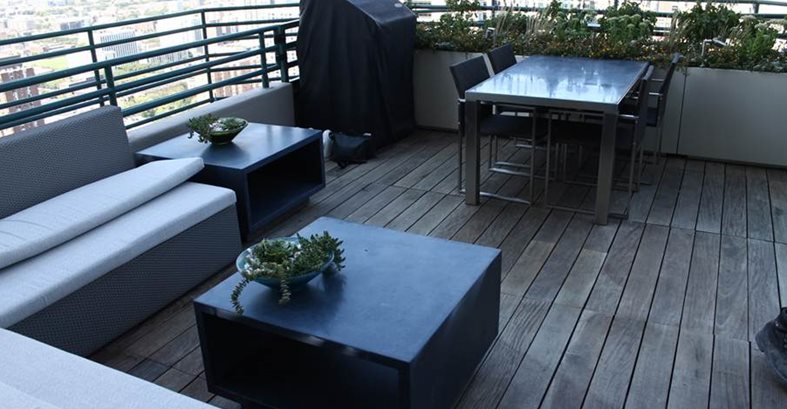
CONCRETE IN NON-TRADITIONAL COLORS
The most popular colors for decorative concrete work are browns, grays and earth tones. However, we’ve noticed that contractors are getting braver when it comes to using non-traditional colors in their work. Here, a cast concrete coffee table for a roof deck was created using SureCrete’s Xtreme bagged mix integrally colored ultra-marine blue. Recently we’ve also seen an aqua-blue pool deck, orange countertops, and a chili-pepper red sink. See other projects with non-traditional colors: Aqua-Blue Pool Deck Creates the Illusion of a Never-Ending Pool A 'Craving' for Concrete Red Hot Chili Pepper Sink
-
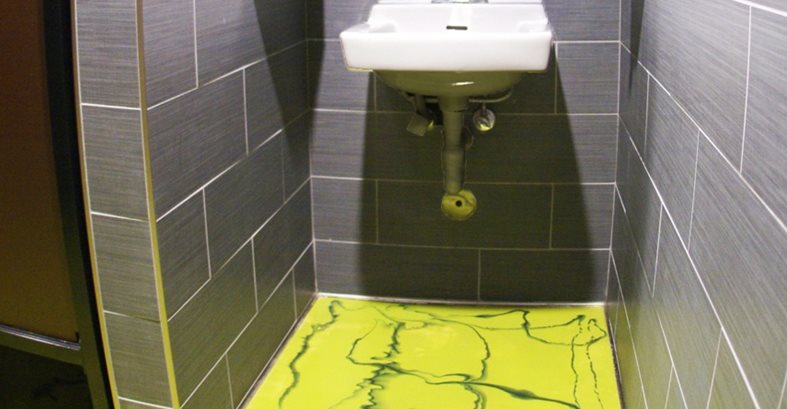
CONCRETE & TILE
The final trend we like is the combination of concrete and tile. In this restaurant bathroom, wildly colored concrete floors become the focus when paired with dark tile walls. In residential settings it is popular to incorporate mosaic tiles into precast concrete sink designs or as backsplashes behind counters. In a recent video, Fu Tung Cheng points out that putting tile in the basin of a concrete sink will keep the water from wearing away the top layer of the concrete. We are even seeing this trend make its way outdoors around fire features and pools. See more concrete and tile: “Wow” Factor Flooring Video: Bathroom Design Tiled Fire Pit Seating Area












